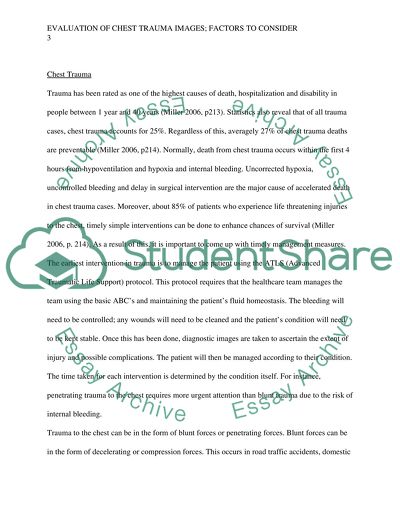Cite this document
(“Evaluation of Chest Trauma Images; Factors to Consider Assignment”, n.d.)
Evaluation of Chest Trauma Images; Factors to Consider Assignment. Retrieved from https://studentshare.org/health-sciences-medicine/1448372-discuss-the-factors-that-the-health-professional
Evaluation of Chest Trauma Images; Factors to Consider Assignment. Retrieved from https://studentshare.org/health-sciences-medicine/1448372-discuss-the-factors-that-the-health-professional
(Evaluation of Chest Trauma Images; Factors to Consider Assignment)
Evaluation of Chest Trauma Images; Factors to Consider Assignment. https://studentshare.org/health-sciences-medicine/1448372-discuss-the-factors-that-the-health-professional.
Evaluation of Chest Trauma Images; Factors to Consider Assignment. https://studentshare.org/health-sciences-medicine/1448372-discuss-the-factors-that-the-health-professional.
“Evaluation of Chest Trauma Images; Factors to Consider Assignment”, n.d. https://studentshare.org/health-sciences-medicine/1448372-discuss-the-factors-that-the-health-professional.


